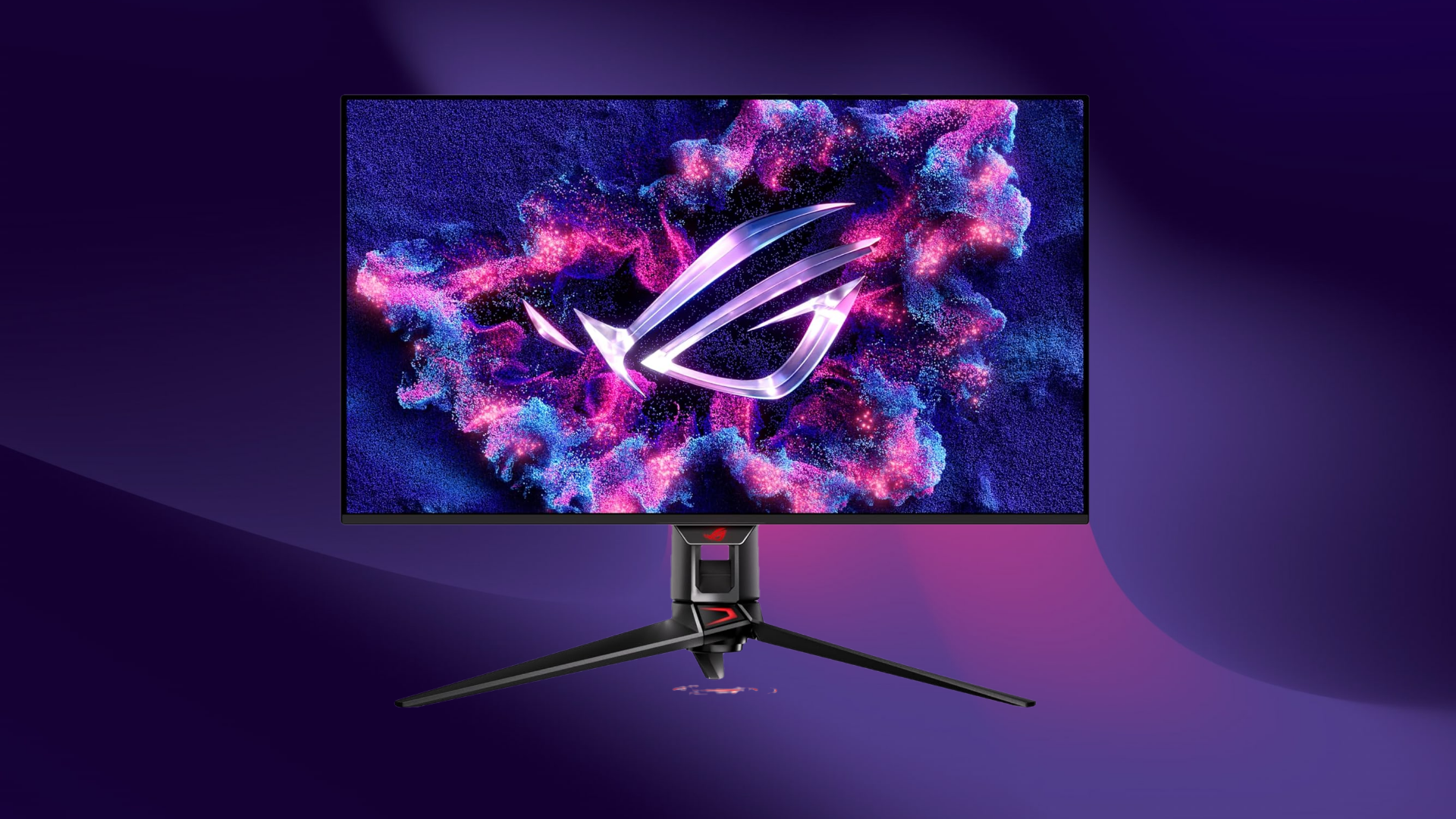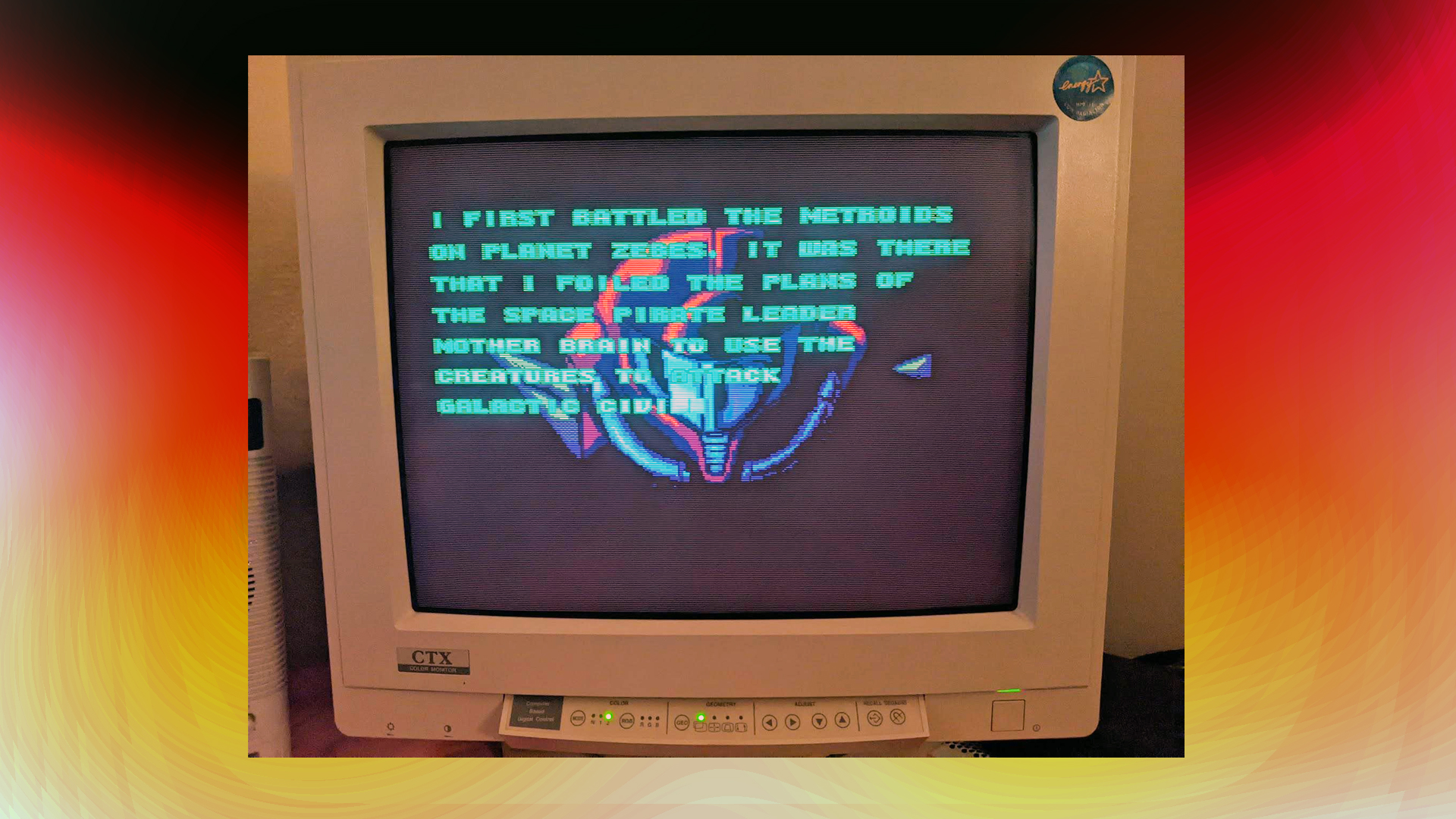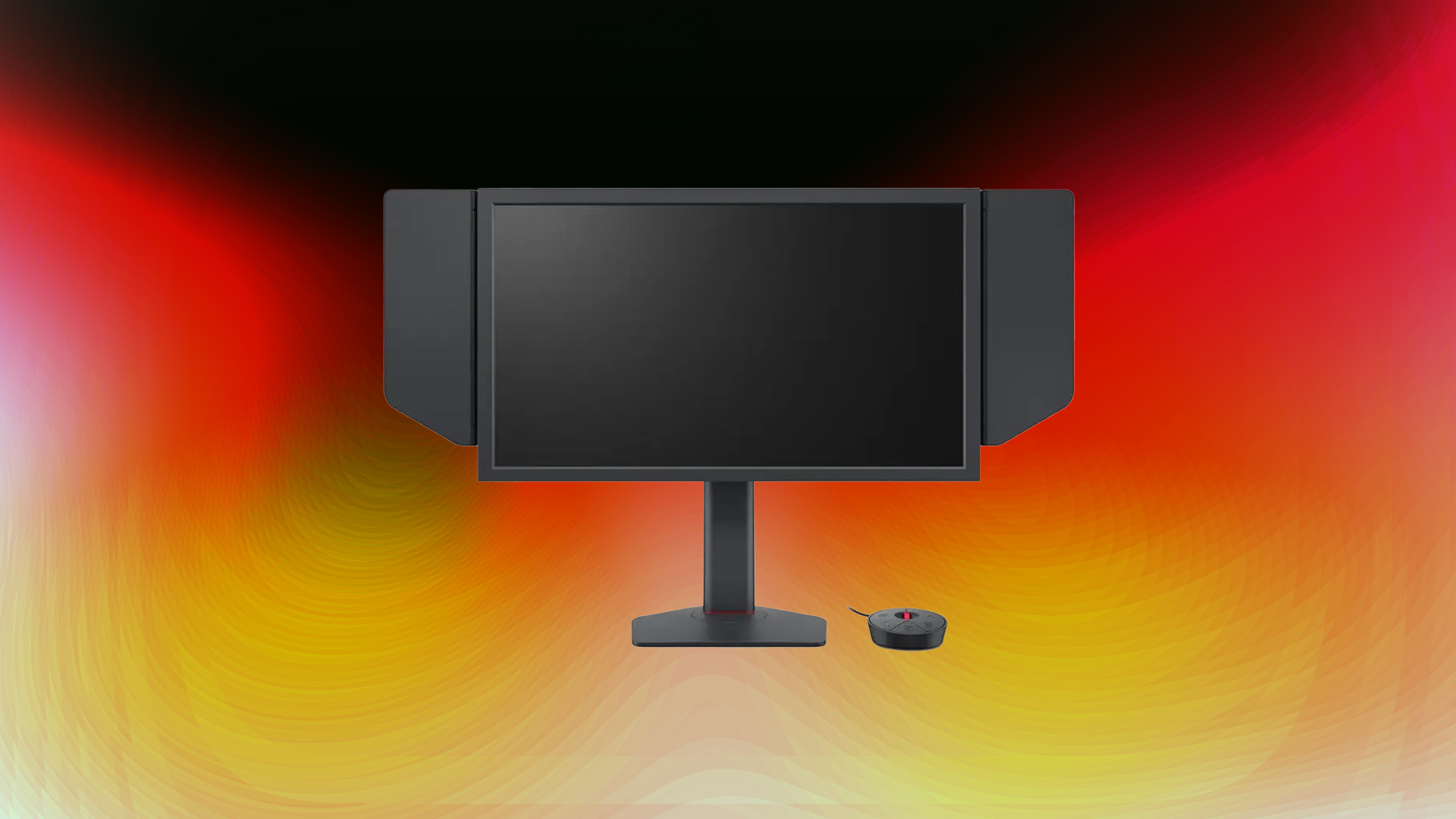Refresh rate affects your aim—but not in the way you might expect. Discover how reflexes, adaptation, and display choices can influence.

Whenever you browse your favorite computer store’s catalog, you likely search for high refresh rate monitors. Thinking, oh if only you had this, then you’d definitely hit more headshots, or even have peekers’ advantage on your side.
You also might have thought that a high refresh rate monitor equals uncontested 1v1 man fight levels, right?. Yes, technically, your aim will increase dramatically when you play at a high refresh rate, but that’s not all. This article provides a definitive answer to your curiosity, explaining how factors such as your reflex, adaptability, and monitor choice matter.
Note: This is the writer’s subjective opinion on how they responded to the drop in response time from CRT and then gradually adapted to modern 144Hz+ panels, as well as how their gaming journey unfolded. FPS games are the core talking point; your game choice can differ, but the basic concept remains the same.
The Catch Behind the Hype

Startlingly, refresh rate does affect your aim, but not in the way you would expect. Multiple studies and real-world experiments have confirmed that higher refresh rates do help you in games, and are even helpful for your eyes. In terms of plain physics, a 60Hz monitor refreshes every 16.67 milliseconds, a 144Hz display refreshes around 6.94 milliseconds, and a 240Hz panel reduces this further to 4.17 milliseconds.
This helps by reducing input lag, allowing you to see enemies moving much more clearly. As a result, your reaction time adjusts itself to this change, and you improve in the process. However, hold on; you may feel overwhelmed by this superfast fluidity and end up performing poorly, even in a high-refresh-rate environment.
Now this is where things start to get interesting. If you are a gamer with a long history and have had the chance to use a 120Hz CRT monitor, then this entire picture paints a very different picture. In basic concept, LCDs have a lot of input latency, due to their working mechanism, but CRTs have none. When you transition from CRT to LCD, your reflexes and aim will decrease.
Your mind, still accustomed to that instantaneous response time, will notice that your recoil control suffers. This is true regardless of whether you’re playing at 144Hz, 120Hz, or even 240Hz. If you jump from a 120Hz CRT to a 360Hz OLED, that’s your improvement scheme right there.
However, in terms of practicality, such a jump isn’t possible, as CRTs have been outdated for a long time, and you had to use an LCD before transitioning to high-refresh-rate OLEDs.
Who Actually Benefits?

As mentioned earlier, if you are someone who plays for a living, i.e., a professional esports player or an aspiring esports player looking forward to esports as a career. Therefore, a 240Hz monitor is the minimum you should consider. Suppose you already have a 144Hz monitor; going to 240 won’t change much, as it will be more or less the same.
To visualize the difference, for real, and not just a placebo, because you’ve burned through a lot of cash (in case you purchased a 240 from 144, and are reading this currently), you need to switch to an OLED, at 360Hz, or even super-fast TN monitors at 500Hz (Zowie) or higher. They are costly to begin with, but yes, you will feel and see the difference. And then with further practice, your reflexes and aim will slowly adapt, making you a better player than you were before.
Also, casual players simply enjoy whatever they can find for cheap. To them, playing competitively is always a second choice.
Sidenote: If you are primarily focused on online gaming, ensure your PC is capable of maintaining framerates that justify these high refresh rate panels; otherwise, this entire investment will be a waste. Also, check your internet connection for packet losses; if bullets don’t hit, then all your efforts will be futile.
The Bottom Line
In the end, refresh rate changes not only your aim but also your playstyle. Suppose you master the peekers’ advantage, which high refresh rate panels provide, considering you are fully adapted to the change.
In that case, you can approach the hiding sniper and headshot them without using smoke or flash, employing a pure, raw, and aggressive play style—something that comes with years of practice and specifically knowing what you’re doing. Even if bullets don’t hit, this level of skill will translate evenly to LAN events, where there won’t be a network limiter, just the game code, and what you see is what you get (CS2).
We provide the latest news and “How To’s” for Tech content. Meanwhile, you can check out the following articles related to PC GPUs, CPU and GPU comparisons, mobile phones, and more:
- 5 Best Air Coolers for CPUs in 2025
- ASUS TUF Gaming F16 Release Date, Specifications, Price, and More
- iPhone 16e vs iPhone SE (3rd Gen): Which One To Buy in 2025?
- Powerbeats Pro 2 vs AirPods Pro 2: Which One To Get in 2025
- RTX 5070 Ti vs. RTX 4070 Super: Specs, Price and More Compared
- Windows 11: How To Disable Lock Screen Widgets
 Reddit
Reddit
 Email
Email


